2025 Polestar 3 First Drive Review: Aiming at the mainstream
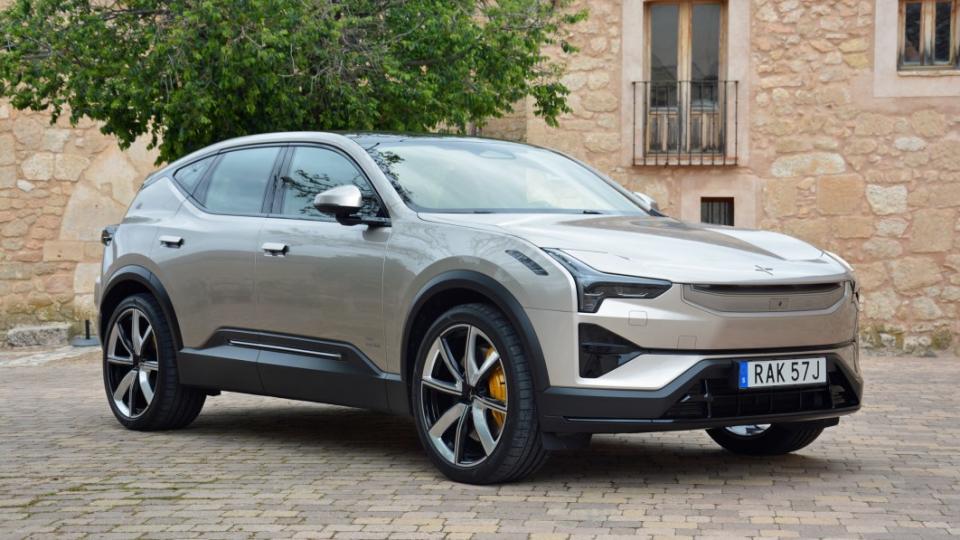
MADRID, Spain — Polestar has catered to a niche audience since taking a seat at the carmaker table in 2017. Things started small: It’s been operating as a one-model brand for the past couple of years. While the 2 set a high bar, it’s not able to push the tuner-turned-manufacturer into the mainstream alone.
Backup has arrived. Unveiled in 2022, the Polestar 3 will plant the flag in the oh-so-important (and oh-so-lucrative) SUV segment. It also blazes the path that the next additions to the range will follow, both in terms of design and technology. For many, this big EV will be the face of Polestar.
I’ve already driven the 3 on a test track in Sweden. Now it’s time to hit the open road.
Like the segment-bending Polestar 4, the 3 illustrates how Polestar plans to gradually distance itself from Volvo. It’s built on the same modular SPA2 platform as the EX90, which will be sold alongside the XC90 for at least a little while, but the two SUVs look and feel different. They’re cousins rather than siblings. The 3 is marketed as the sportier of the two, so it features a more swept-back silhouette, a lower roofline and only two rows of seats. The EX90 is boxier, taller and available with a third row.
The idea wasn’t to fully sever ties with Volvo. “We like to keep a little bit of a bridge to Volvo as a family because there is a lot to gain,” Maximilian Missoni, head of Polestar’s design department, told me. Drivers tend to trust Volvo, especially when it comes to safety. “The connection to Volvo is a good thing; it sets Polestar apart from many other newcomers that don’t have this kind of trust.”
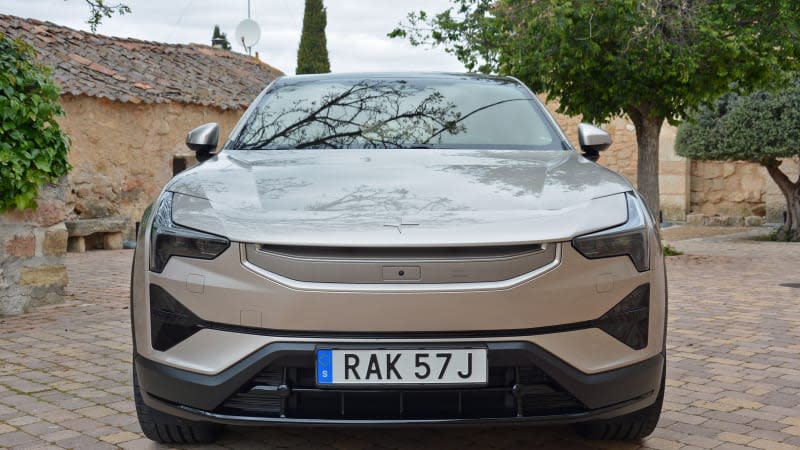
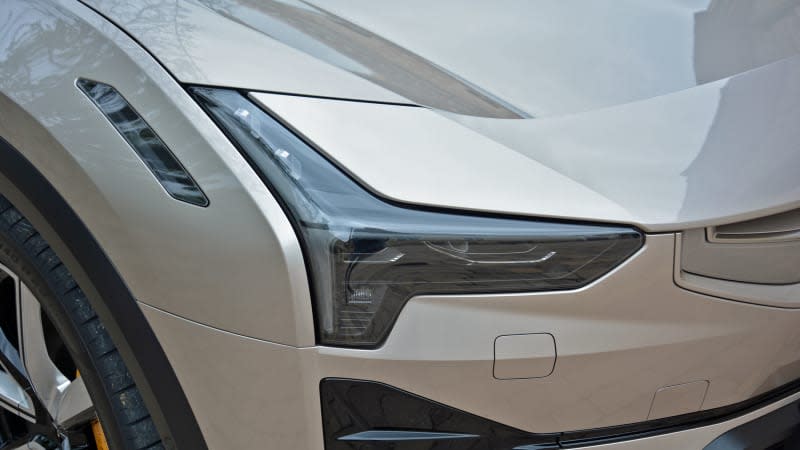
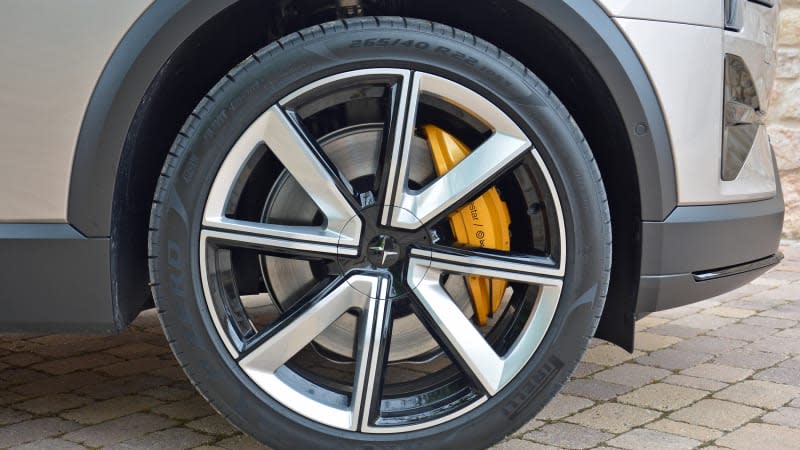
Up front, the Thor’s Hammer daytime running lights form a link between the two companies. There’s plenty of unique Polestar DNA, though. The 3 doesn’t hide its armada of sensors; it proudly shows them off. The panel located between the headlights — where you’d likely find a grille if the 3 used, say, a straight-six — features lines indicating the position of the various sensors that power the electronic driving aids.
In a way, this is Polestar’s heritage. The Polestar 1, its first model, ushered in this labeling system with a cool, transparent panel in the trunk. It explained the purpose of the big orange wires linked to the battery.
You get a stronger whiff of Volvo-ness from the driver’s seat. The three-spoke steering wheel, the digital instrument cluster, the dashboard’s overall layout and the floating center console look similar to what you find in the EX90. Polestar stresses that it went to significant lengths to differentiate its software, however. While the infotainment system remains Android-based and displayed on a 14.5-inch touchscreen, the brand designed its own user interface loaded with proprietary fonts and icons.
About 85% of the 3’s infotainment system is shared with the 4. The biggest difference is that the 3’s touchscreen is portrait-oriented while the 4’s is landscape. Ruben Rodriguez, the company’s head of UX design, told me that’s because the 4 is aimed at younger buyers who will appreciate the extra functions, like a split-screen mode. In contrast, 3 buyers will prefer the top-to-bottom display.
This software relies on tiles and illustrations to clearly convey information, which is good considering the long list of functions packed into the screen. Beyond the usual, such as entering an address into the navigation system or changing the radio station, the touchscreen is your point of contact to open the glovebox, select whether the door mirrors fold automatically or adjust the steering column.
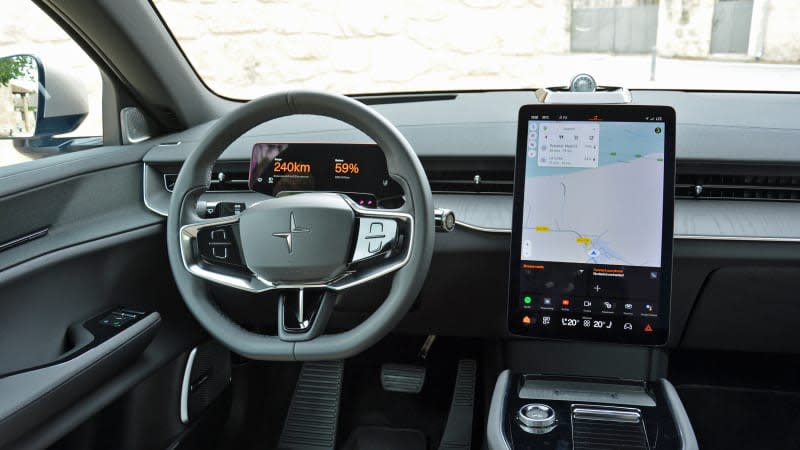

 Yahoo Autos
Yahoo Autos 